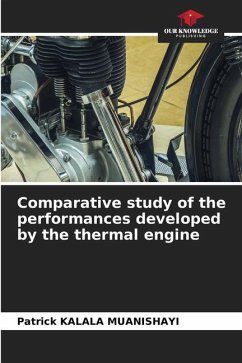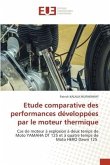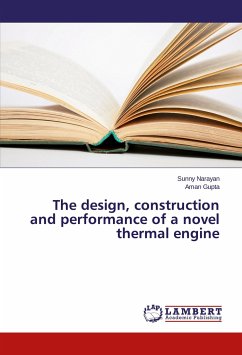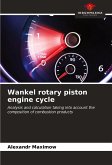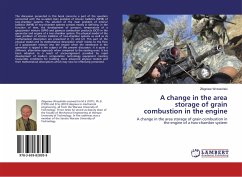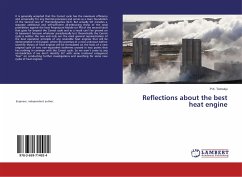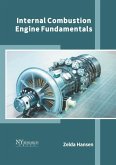The objective of this work was to make a comparative study of the performances developed by the two-stroke and four-stroke internal combustion engines. For this purpose, we have studied the different specificities of two types of thermal engine, but in order to make our study more realistic, we have chosen two engines that are in working condition, one of them is a two-stroke internal combustion engine and the other is a four-stroke engine, with a respective speed and effective power of 11 [kW] at 8000 [rpm] and 6.72 [kW] at 7000 [rpm]. While many engine constructions have focused on the influence of the users. There has been interest in the consequences of many of the engine's renovations on the industrial and transportation environment. The aim of this work is to present, based on the choice of the engine to be used, precise examples of the two-stroke gasoline engine for the YAMAHA DT 125 motorcycle compared with the four-stroke internal combustion engine for the HERO Dawn 125 motorcycle, which bring their differences and similarities. Comparisons were made on the parameters contributing to the development of the performance of two engines, in terms of characteristic curves and thermodynamic parameters.
Bitte wählen Sie Ihr Anliegen aus.
Rechnungen
Retourenschein anfordern
Bestellstatus
Storno

